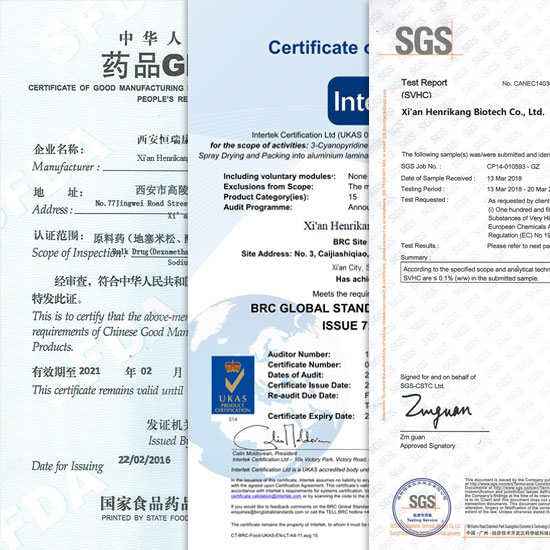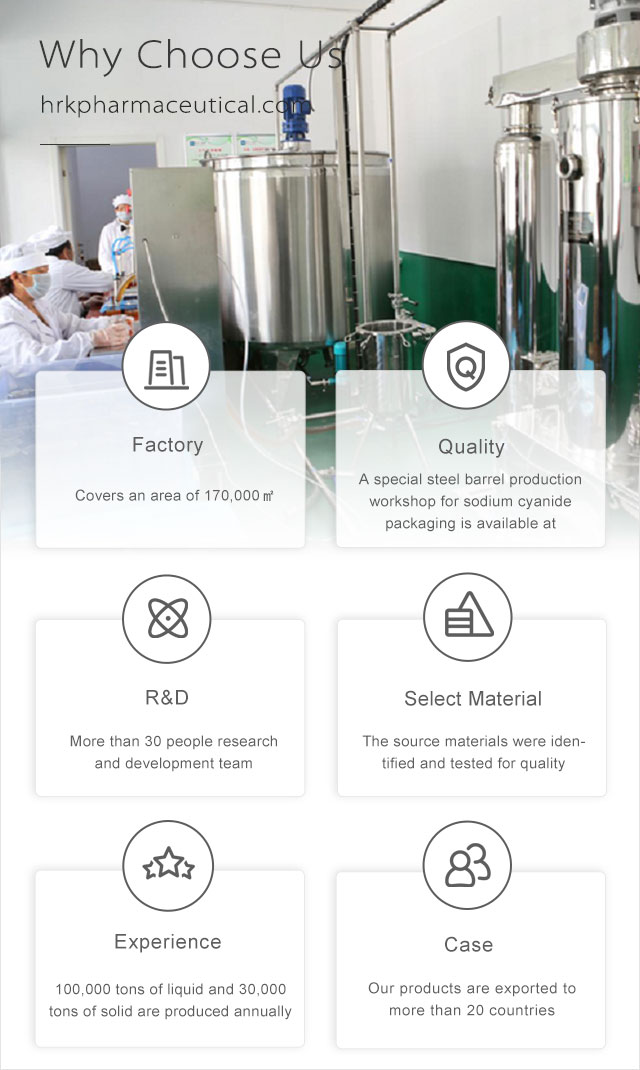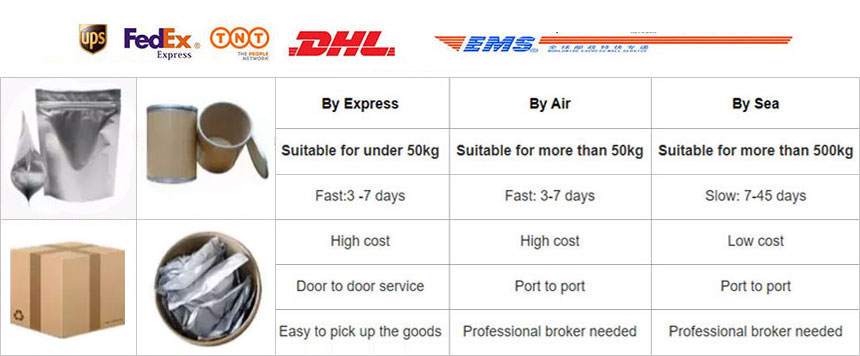





Related Attributes
Product details
1. Food
Mannitol is one of the commonly used sugar alcohol sugar substitutes and is often used in sugar-free chewing gum ingredients. Mannitol is the sugar alcohol with the lowest water absorption and can be used in food anti-sticking powder. According to my country's food additive hygiene standard GB2760-2007, it can be used in sugar-free chewing gum with a maximum dosage of 200g/kg. The ADI value confirmed by JECFA is 0-50mg/(kg body weight·d).
The US FDA stipulates that the maximum usage of mannitol in various foods is as follows: mints 98%, soft candies 40%, hard candies 5%, candied fruits and ice cream 8%, cough drops 5%, jams and jellies 15%, gummies 31%, and other foods 2.5%. Mannitol is listed in the United States Pharmacopoeia, Natural Medicines, and in pharmacopoeias around the world, including the Handbook of Food Chemistry (FEC).
2. Medicine
As an injection, it is used to reduce intracerebral pressure, intraocular pressure, and eliminate brain edema; as a diuretic; for renal function and intestinal examination; mannitol infusion has a certain effect on oliguria and renal failure caused by edema and burns; and as a compound infusion with amino acids.
Due to its good compression properties, it has become an excellent excipient in the pharmaceutical industry. In addition, mannitol nitrogen mustard and mannitol dimethyl sulfonic acid synthesized with mannitol as raw material are anti-tumor drugs suitable for chronic leukemia, etc.
Uses of Mannitol.
Used as analytical reagent, also used in the synthesis of resins and drugs; widely used in the manufacture of chewable tablets such as hangover medicine and mouth freshener, and its granular form is specially used as an excipient for direct tablet compression.
Dehydration medicine, diuretic. Treat cerebral edema and glaucoma, acute oliguria, prevent acute renal failure, and treat edema of nephrotic syndrome. Note: The injection is prohibited for patients with active intracranial hemorrhage (except craniotomy).

Pharmacological Action of Mannitol.
(1) Tissue dehydration: Injecting this product into the blood can increase plasma osmotic pressure, causing water in tissues (including eyes, brain, cerebrospinal fluid, etc.) to enter the blood vessels, thereby reducing tissue edema, reducing intraocular pressure, intracranial pressure and cerebrospinal fluid volume and pressure. 1g of mannitol can produce an osmotic concentration of 5.5mmol/L. Injecting 100g of mannitol can transfer 2L of intracellular water to the extracellular space and excrete 50g of urinary sodium.
(2) Diuretic effect: ① Mannitol increases blood volume and promotes the secretion of prostaglandin I2, thereby dilating renal blood vessels and increasing renal blood flow, including renal medullary blood flow. The glomerular afferent arterioles dilate, the glomerular capillary pressure increases, and the cortical glomerular filtration rate increases.
② After glomerular filtration, very little (<10%) of this product is reabsorbed by the renal tubules, so it can increase the osmotic concentration of renal tubular fluid and reduce the reabsorption of water and Na+, Cl-, K+, Ca2+, Mg2+ and other solutes by the renal tubules. After applying a large dose of mannitol, the amount of water and Na+ passing through the proximal tubules only increased by 10% to 20% and 4% to 5%, respectively; while the amount of water and Na+ reaching the distal tubules increased by 40% and 25%, respectively, suggesting that the reduction in water and Na+ reabsorption by the loop of Henle plays an important role in the diuretic effect of mannitol. This may be due to increased renal medullary blood flow, increased loss of urea and Na+ in the medulla, and thus the destruction of the medullary osmotic pressure gradient.
(3) Detoxification effect: Since the fluid flow in the glomeruli and renal tubules increases after the infusion of mannitol, when certain drugs and poisons are poisoned, the concentration of these substances in the renal tubules decreases, the toxicity to the kidneys is reduced, and the excretion through the kidneys is accelerated.
Product Method of Bulk Mannitol Powder.
Why choose us?

HRK Factory

About Shipping

Pharmaceutical Intermediate manufacturers
©2022 Xi'an Henrikang Biotech Co., Ltd.,